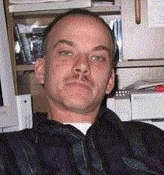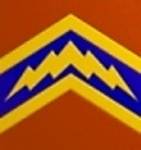What a coincidence, I'm building the same (revell's boxing) kit right now! Well, not actually building anymore, the primer is on and I'm ready paint it now. I had a trouble with the seams too. Here's a couple of pics.

The fit on this side wasn't the greatest, I used thin styrerene sheet, putty and mr. surfacer on it. Fit was much better at the right side, requiring only a little putty at the forward wing root.
The air intake/lower front fuselage assembly was the trickiest part in my opinion. Why on earth the part isn't made of the fuselage bulge and intake (like tamiay's mk.I)? Why have a vertically split part?


Anyway, it was tricky glue together. It had only to aligning pins which didn't help much. I glued pieces of styrene to help fitting the parts. I fixed the parts on a flat surface and used putty and mr. surfacer to get rid of the seam between the parts. Then I fitted them to the rest of the aircraft. The fit still wasn't perfect, the slots in the fuselage had to be carved a little. After this the assembly's fit to the fuselage was very good.
One more thing to remember. Check the fit of the forward canopy before glueing. Mine was a little bit too wide and I noticed it after glueing it on...
 There were a number of gaps on this model, some I filled with white putty and some with CA glue and then sanded smooth. I can't really do that with the gaps where the fuselage meets the wing assembly though because there is basically no way to sand the glue or putty down after application without screwing up the fuselage or wings. I'm sure most of you guys have run into this problem at some time so I'd like to know what you did to overcome this.
There were a number of gaps on this model, some I filled with white putty and some with CA glue and then sanded smooth. I can't really do that with the gaps where the fuselage meets the wing assembly though because there is basically no way to sand the glue or putty down after application without screwing up the fuselage or wings. I'm sure most of you guys have run into this problem at some time so I'd like to know what you did to overcome this. 












































